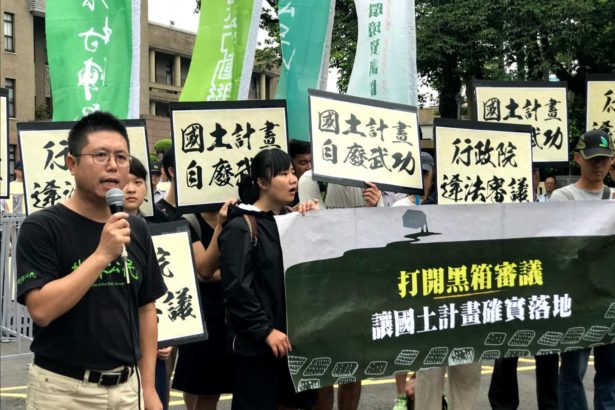There are three main diseases that cause dead seedlings. The most common is Fusarium wilt, followed by vine blight caused by another fungus, and root-knot nematode disease. All the three diseases can wilt the leaves rapidly and wither the whole plant. Careful distinction between these three diseases depends on the stem. The surface of the diseased stem of Fusarium wilt is normal or only longitudinally split at the base in the later stage, and the vascular bundle turns brown by oblique cutting with a knife; the symptom of root knot nematode occurs in the root, and the nematode stimulates the plant root to form nodule-like root knot, which begins to milky white, then turns light brown, small as millet grain, large as mung bean or larger, peeled off the root knot, and the translucent nematode can be seen under the microscope. The above two diseases do not harm leaves, but vine blight can harm both leaves and vines. After the damage to the leaves, round yellowish-brown disease spots are produced, and many black spots can grow in the later stage, and the disease spots are easy to be broken. The disease spot on the vine is oval to fusiform, white, the disease part of the wet weather overflows the gelatinous material, the later dry shrinks longitudinally cracked, messy hemp. Vine blight often causes only part of the leaves to wilt or die.
In particular, Fusarium wilt and root-knot nematode disease are difficult to control, and the pathogen can survive in the soil for many years. Continuous cultivation of melons, bacteria will continue to increase, the disease and harm will continue to aggravate. Therefore, crop rotation and planting disease-resistant varieties are the first choice of control measures. Using black-seeded pumpkin as rootstock is the main measure to control Fusarium wilt of cucumber at present. Removal of diseased bodies and removal of diseased plants are also very important disease prevention measures.
Medication is essential for the prevention and treatment of the above three diseases, but it must be diagnosed accurately and different agents must be used for different diseases. Nematodes can be used to control nematode disease, such as C-line phosphorus (Yishubao), chlorazophos, thiazophos (10% Fu Qiduo), avermectin, Shixianke, etc., and these agents can also be used to irrigate the roots at the initial stage of the disease. to control Fusarium wilt, carbendazim, carbendazim, methyl thiophanate and other treatments were used to treat soil or irrigate roots. The main protection for vine blight is stem and leaf spray, and the available agents include chlorothalonil, flusilazole (Fuxing) and so on.
- Prev

Is Zhang Jingsen alone in charge of the national land plan? The round-the-circle delegation questioned the abuse of power of the Executive Yuan and deliberated the black-box operation.
Is Zhang Jingsen alone in charge of the national land plan? The round-the-circle delegation questioned the abuse of power of the Executive Yuan and deliberated the black-box operation.
- Next

Common diseases and insect pests of soybean and their control techniques
Common diseases and insect pests of soybean and their control techniques
Related
- A course of planting techniques and methods on how to grow carrots
- How to plant the latest tulips?
- Is it better to pick tea in the morning or in the afternoon? When is the best time for tea to be picked? what is the third or fifth tea?
- Launch Yuanxiao Happy combination Haocha + Tea Yuan healthy Taste
- Penghu Tourism "Fireworks 20 Parade with You"
- 2022 West Lake Happiness holds "Digital Revitalization Voucher" and draws iphone13 and laptop.
- Banqiao Fuzhou social houses are designed to change start-up combined with police elimination to create a safe and livable environment
- The convenient measure of "mechanical weeding" in Xinbei has been abused and the Agriculture Bureau has imposed heavy penalties on the illegal land consolidation.
- Changgeng University Joins Hands with Four Memory Factories to Rescue Memory Talent Shortage
- The list of Taiwan's top 100 MVP managers is listed by the Director-General of the Farmers' Association of Sanxia District.

